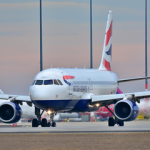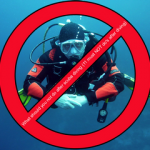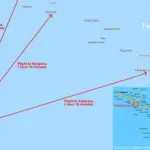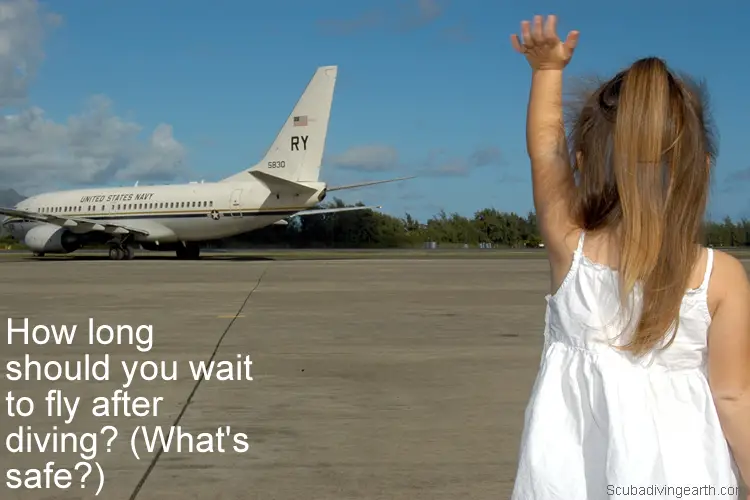
Flying after diving guidelines and what happens if you fly after diving
One of my main aims of this scuba diving blog is to encourage safe diving practice. Be safe and be careful about your surface interval and how long you wait to fly after diving.
But how long should you wait to fly after scuba diving? If you are a cautious person you should wait 24 hours to fly after scuba diving, and this is what the U.S. Air Force and the British Sub Aqua Club (BSAC) recommend to wait before flying after a dive. Whereas the Divers Alert Network (DAN) and PADI say you should wait at least 12 hours before you fly after diving.
The best way to do more diving is to book yourself on a scuba diving liveaboard. You can check the latest and best deals on liveaboards using the following window:
Flying after diving guidelines from top organizations and how long should you wait to fly after scuba diving?
Here’s a list of the top diving after flying guidelines:
How long do you have to wait after diving to fly PADI?
If you learn to scuba dive with PADI on their Open Water Diver course, you’ll be taught that you should wait between 12-18 hours after diving before traveling on an aeroplane.
But the preflight interval will vary depending on how many dives you done.
BSAC diving and flying rules
The BSAC 88 tables indicate divers can fly in a pressurised aircraft on a code B. But BSAC suggests you wait 24 hours between diving and flying if possible.
More Reading: PADI vs BSAC (Which diving qualification is better PADI or BSAC?)
Flying after diving guidelines from Divers Alert Network (DAN)
DAN uses guidelines that apply to flights at cabin altitudes of 610 to 2,438 meters (2,000 to 8,000 feet). But also, these guidelines are for divers who don’t have symptoms of decompression sickness (DCS). The Divers Alert Network recommend the following guidelines for flying after diving:
- For a single no-decompression dive (I amend this to no decompression stop dive), a minimum preflight surface interval of 12 hours is suggested.
- If you’ve done multiple dives per day or multiple days of diving, a minimum preflight surface interval of 18 hours is suggested.
- Dive that require decompression stops, a preflight surface interval substantially longer than 18 hours appears prudent.
Can you fly within 24 hours of scuba diving?
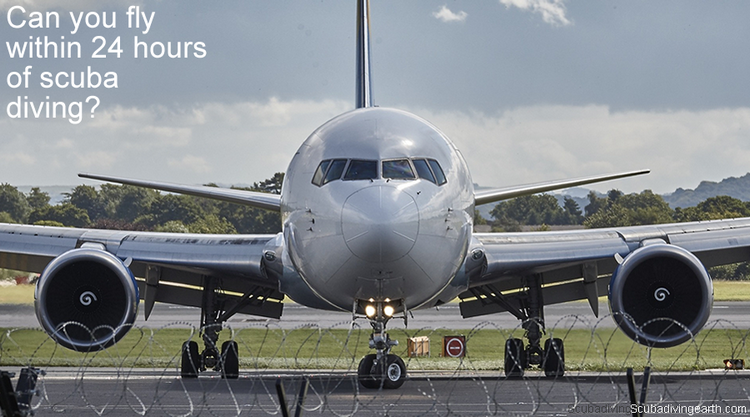
Whilst I personally prefer to wait for 24 hours before I fly after any dive, the U.S. Navy tables recommend that you wait at least two hours before you board a plane after diving.
If you use a dive computer to dive, which most scuba divers do these days, you should be okay to follow the no-fly-time warning on this device. However, be aware that everyone is different.

You need to think about the following specifics to you when considering your surface interval before you fly:
- How old you are.
- How fit you are.
- What are your hydration levels?
- What is your body mass and are you over weight?
- How much alcohol have you drunk both before and after your dive
- Are you a smoker?
- Do you vape?
More Reading: To Vape Or Not To Vape, That’s The Question (Vaping And Scuba Diving)
Whilst in most cases there’s no specific evidence as to how any of the above factors affect decompression sickness, there’s no proof that they don’t. I always prefer to err on the side of caution, and especially as I get older. The older your body, the slower it becomes to off-gas nitrogen.
I’d say as an older body will be less efficient and you should compensate accordingly.
More Reading: 12 Decompression Sickness Risk Factors In Scuba Diving and How to Avoid Them
Waiting a bit longer could be the difference of enjoying your flight home from your diving holiday or getting decompression sickness and a disaster. Take time out on your last day of your holiday and don’t dive. Do something different, but of course don’t do any activity involving altitude!
More Reading: What should you not do after scuba diving (11 must NOT do’s after diving)
The U.S. Air Force says you should wait 24 hours before you fly after diving. But if you don’t want to wait this long,at the very least DAN recommends a 12-hour minimum surface interval before flying.
More Reading: Can You Scuba Dive If You Smoke Cigarettes (What Are The Risks?)
What happens if you scuba dive and fly on the same day?
The reason why you can’t scuba dive and fly on the same day is if you fly too soon after your dive you increase your risk of decompression sickness (DCS) or “the bends”.
The increased risk is due to a decrease pressure on the plane.
More Reading: Can You Die From The Bends? (Dysbarism Treatment)
During your dive, nitrogen will have been absorbed into your body tissues and bloodstream from the air you breathed.
The amount of nitrogen in your body will be in proportion to the pressure that surrounding you. So the deeper and longer your dive, the more nitrogen you absorbed.
When you fly, and despite the fact that the cabin pressure is kept at a lower altitude than modern aircraft fly, it’s still at a level that is low enough to case a problem.
Planes that fly at around 10,973 metres (36,000 feet) maintain a cabin pressure as if you’re flying at 2,440 metres (8,000 feet).
Why do you have to wait to fly after scuba diving?
Due to the lower air pressure in the cabin of the aircraft, your body will begin to off-gas too quickly.
The speed at which you’d being off-gassing on a plane is likely to create bubbles in your tissues and blood stream. This is what could lead to decompression sickness.
Flying after diving calculator – Using scuba diving computers to calculate wait times
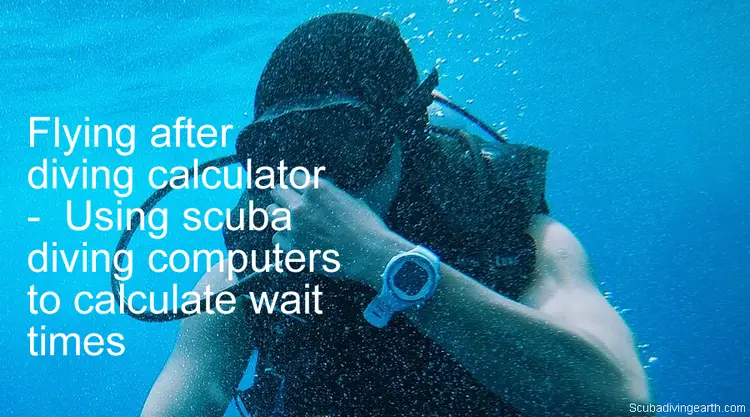
Most divers already own a dive computer. If you are new to scuba diving, I suggest you buy one if you don’t already own one.
Dive computers take away the guesswork from computing your depths, dive times and ascent rates. But not only this, dive computers also remove the guesswork from calculating the flying wait time after diving.
The best dive computers on the market should have built-in capability to calculate your optimum “time to fly” based on your dive profile.
But as already mentioned with regards to using a dive computer to calculate your surface interval before flying, the computer doesn’t know your specific circumstances.
Hiring a dive computer
Before you decide to hire of rent a dive computer, make sure you use the same cone over multiple days and multiple dives on different days. If you don’t, the information stored on it will not be accurate to calculate your no-fly time.
This is because scuba dive computers are designed to use the information from all of your consecutive dives to be able to give you the right “time to fly” calculation.
If you do rent your scuba dive computer, make sure that no one else uses it, as this will skew the calculations for your own personal nitrogen saturation.
If you are considering the purchase of a scuba dive computer, make sure you buy one that has a built-in flying after diving calculator.
I hope you enjoyed this article about how long should you wait to fly after scuba diving
I’d love to hear from you. Tell us about your adventures of diving and snorkeling, in the comments below. Please also share your photos. Either from your underwater cameras or videos from your waterproof Gopro’s!
If this article hasn’t answered all of your questions. If you have more questions either about snorkeling or types of scuba diving (or specifically about how long should you wait to fly after scuba diving), please comment below with your questions.
There will also be many more articles about scuba diving (and snorkeling) for you to read and learn about these fabulous sports.
Have fun and be safe!

